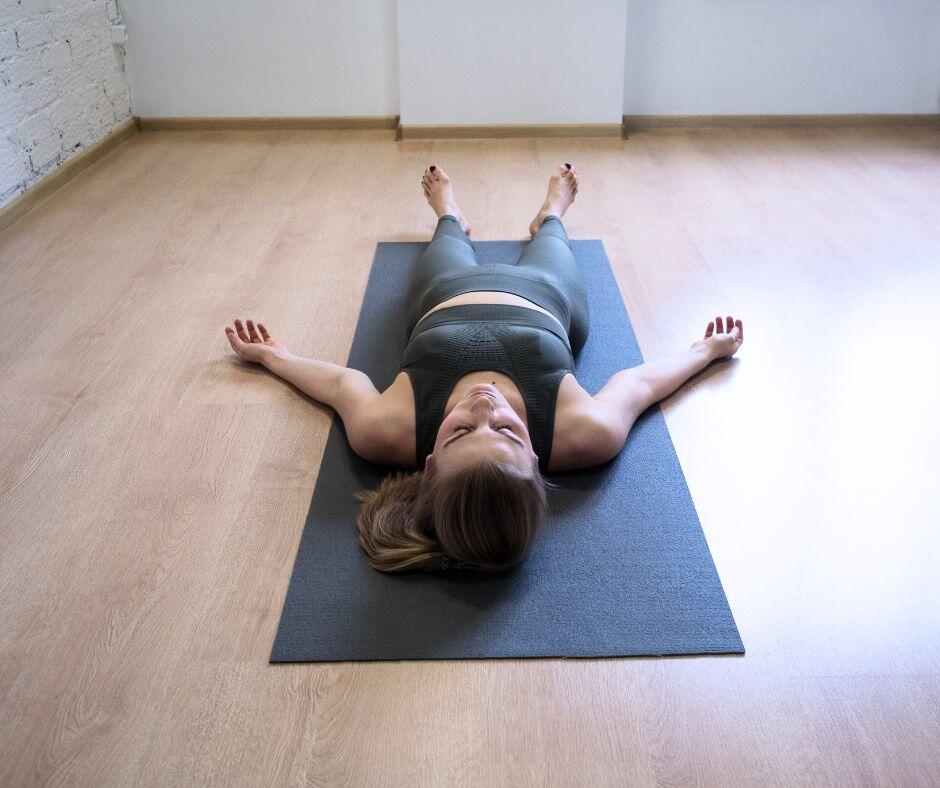New to Yoga Nidra? Here's what you need to know!
Posted on 25/04/2023
Wellbeing, Health
The lovely Esther Abrey, a teacher here at G&G, explains what Yoga Nidra is, it's benefits and how you can get started.
Yoga Nidra, also known as "yogic sleep," is a form of guided meditation that is practiced lying down. It's a powerful practice that can help you relax, reduce stress, and improve your overall well-being. In this blog post, we'll explore what yoga nidra is, its benefits, and how to practice it.
Yoga nidra is a type of guided meditation that takes you into a state of deep relaxation. It's similar to the state you experience just before falling asleep, but with the added benefit of being aware and conscious. During a yoga nidra session, you'll be guided through a series of visualizations and relaxation techniques, with the aim of reaching a state of complete relaxation.
The benefits of yoga nidra are wide-ranging and include:

Traditionally, yoga nidra would be practised not long after waking up - this is the time when there is the minimal "mind chatter" and the practise sets you up for the day ahead. However, in today's busy go-go-go culture, many favour practicing in the evening as a way to wind down from the day.
Our monthly Sunday evening sessions, held at 6pm at our peaceful studio at Howbery Park are always popular, and a great way to bookend the end of one week, one day, and the beginning of another.
Personally, I regularly practice a short 15 or 20 minute nidra when I have a space in a busy day - the busier the day, the more it is needed, and the greater the benefit. On the days when I am working particularly long hours, I find a short nidra practice during the day energises me, and helps me to keep perspective amidst the commitments.
In conclusion, yoga nidra is a powerful practice that can help you relax, reduce stress, and improve your overall well-being. It's easy to practice and can be done anywhere, anytime. So why not give it a try and see how it can benefit you?
This blog was written by one of our teachers, Esther Abrey, if you want to find out more about her and the classes she teaches at G&G, including yoga nidra, click here.